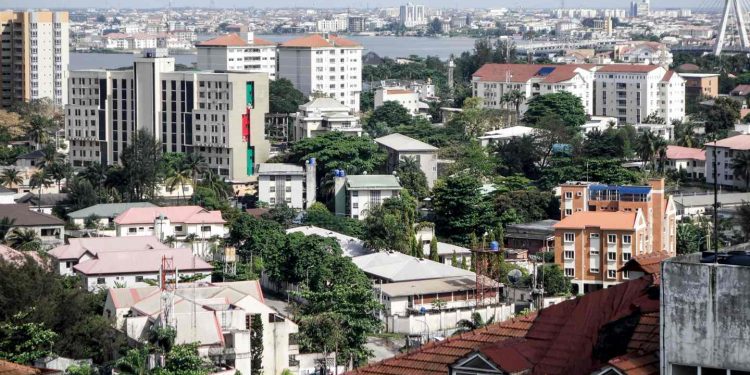All of the 36 states in the country are expected to get N18.2 billion each from the fresh N656 billion bridge financing facility that has been approved by President Muhammadu Buhari.
The fund is expected to help the state governments meet financial obligations, especially the previous budget support facility due for repayment. This was disclosed yesterday at the National Executive Council’s (NEC) 121st meeting (10th in 2021), which was held virtually and was presided over by Vice President Yemi Osinbajo, with state governors, Federal Ministers, the Central Bank Governor, and other senior government officials in attendance.
According to a statement by the Senior Special Assistant to the President on Media & Publicity, Office of the Vice President, Laolu Akande, the Minister of Finance Budget and National Planning, Dr Zainab Ahmed, informed the Council that the bridge facility was being processed by the Central Bank of Nigeria (CBN).
The fund would be disbursed in six tranches over a period of six months to the states. Each of the 36 states would have a total loan amount of N18.225 billion; with a 30-year tenor, and a 2-year moratorium at an interest rate of nine per cent.
“The facility is to help the States afford the repayment of previous bailout facilities guaranteed for them by the federal government,” it added.
Low transparency may hamper debt restructuring, World Bank warns
Meanwhile, the World Bank has warned that limited transparency will delay critical debt reconciliation and restructuring of the poorest countries, The World Bank Group President, David Malpass, argued that improving debt transparency required a sound public debt-management legal framework, integrated debt recording and management systems, as well as improvements in global debt monitoring.
He added that international financial institutions, debtors, creditors, and other stakeholders, such as credit-rating agencies and civil society have a key role to play in fostering debt transparency.
The advice comes at a time the World Bank said Nigeria stood a chance of gaining more from its migrants in the form of higher remittances to the countries. In its latest report of migration, the Bank said Nigeria, which received about 50 per cent of remittance flows to sub-Saharan Africa, could receive $19 billion this year.
While the institution admitted that the figure would be a modest improvement on last year’s $17 billion, it noted that the projection is a far cry from the $23 billion received in the pre-COVID-19 era. It also noted a gradual adoption of formal channels of remittances in Nigeria and stressed that the trend would stimulate recovery in sub-Saharan Africa.


















